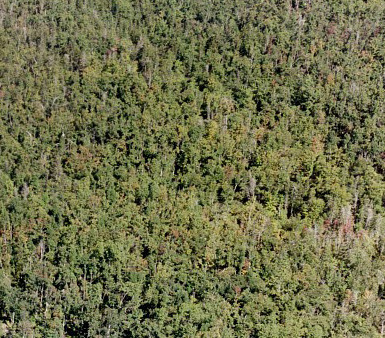
NOTE: "Semi-Rough: A North Country Journal," is now available as a complete book, that includes these on-line essays and more. If you'd like a free pdf to download to your computer, send me a note at symbios@condortales.com and I'll email you a copy.
When I first saw Dummer Hill in 1969, it looked like The Forest Primeval. The mixed hardwood forest (with a scattering of conifers) seemed to go on forever. There were no houses closer than about three miles (and in most directions it was a lot farther than that), and you didn't pass any other "camps" on the way to ours. Only one road climbed the Hill, and it was often nearly impassable; in fact, the last mile into our camp wasn't drivable, at all. We had to carry all our supplies that last stretch through the deep woods to our little cabin. This was the ultimate in untouched forest.
Well, no; it wasn't, really. In 1969, the forests on Dummer Hill looked pretty old and mature, and it was true that almost no cutting had been done on the Hill since the 1940s. But before that, everything had been cut - and not just once, but several times. There were certainly 40- and 50-year old trees, and probably even patches of forest over 100 years old (at least before the 1998 ice storm ). But, Old Growth, it was not.
* * *
Our cabin was dwarfed by the forest in the 1970s and 1980s. Trees grew so close and so tall both above and below us that direct light only reached the cabin a few hours a day. The field was little more than a clearing in the woods, rapidly growing up to shrubs and small trees.
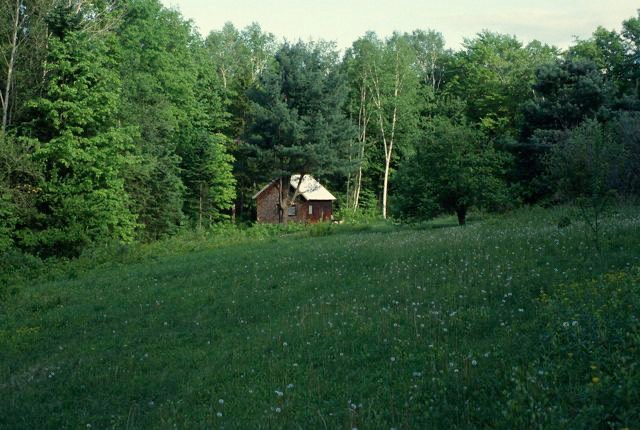
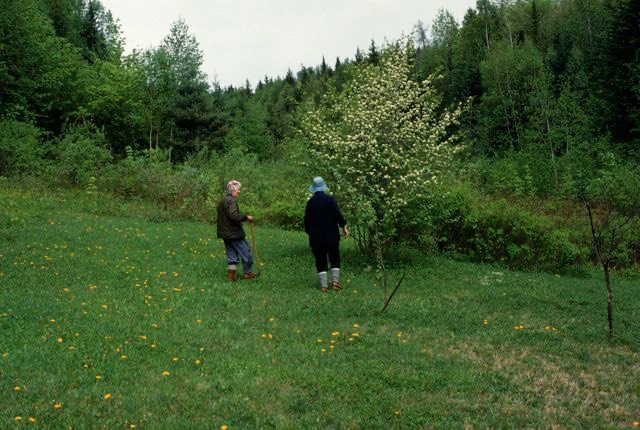
But in 1947, when Sally's folks bought Camp, the forest was just beginning to re-grow, and the "clearing in the woods" had been planted to potatoes just a few years before, and was still being hayed.
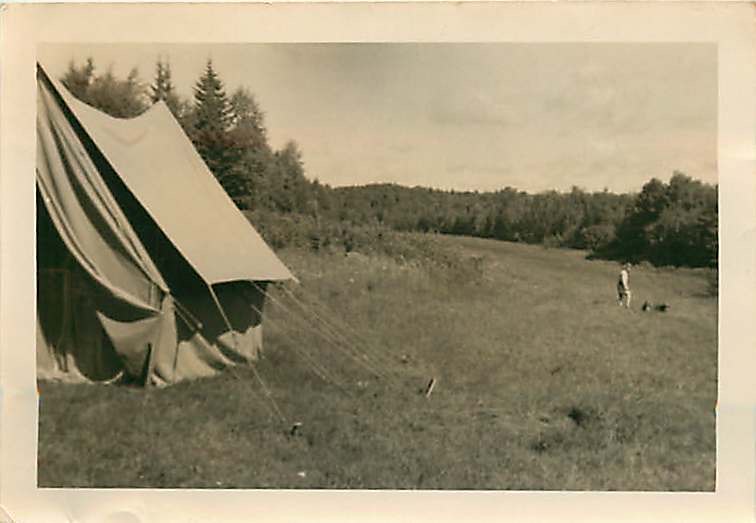
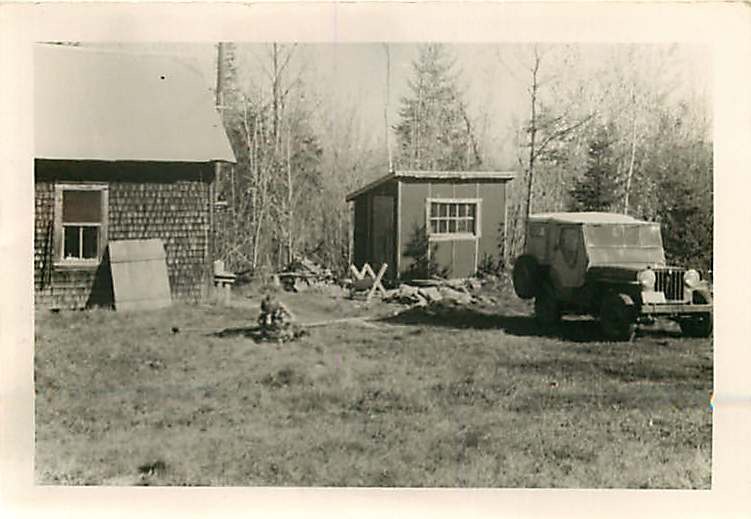
And there is more still more to the story. Only twenty years earlier, there was a house and a barn in the field, occupied full time. The house and barn were gone by the 1940s, but the cellar hole is still there, as are the blocks of hewed granite that mark the edges of the old barn.
Wander in the woods almost anywhere on the Hill, and you can find cellar holes, rock dumps where boulders were deposited when fields were cleared for planting, and even the old diagnostic New England stone walls marking original property lines. This "forest primeval" was once a place of farm fields, frame houses, and welcoming door yards. Perhaps counter-intuitively, it was the New England hilltops that were settled first, not the valleys. Because cold air drains downward, the hilltops were warmer, got more sun, and had a relatively longer growing season - in other words, the right place to be if you were trying survive in the harsh North Country environment.
Dummer Hill was never densely settled - an 1892 map shows only five residences, although there were a few more earlier - but, for northern New Hampshire in the late 1800s, it was Civilization.
To the Writing It Down Homepage
Leave a Comment: symbios@condortales.com